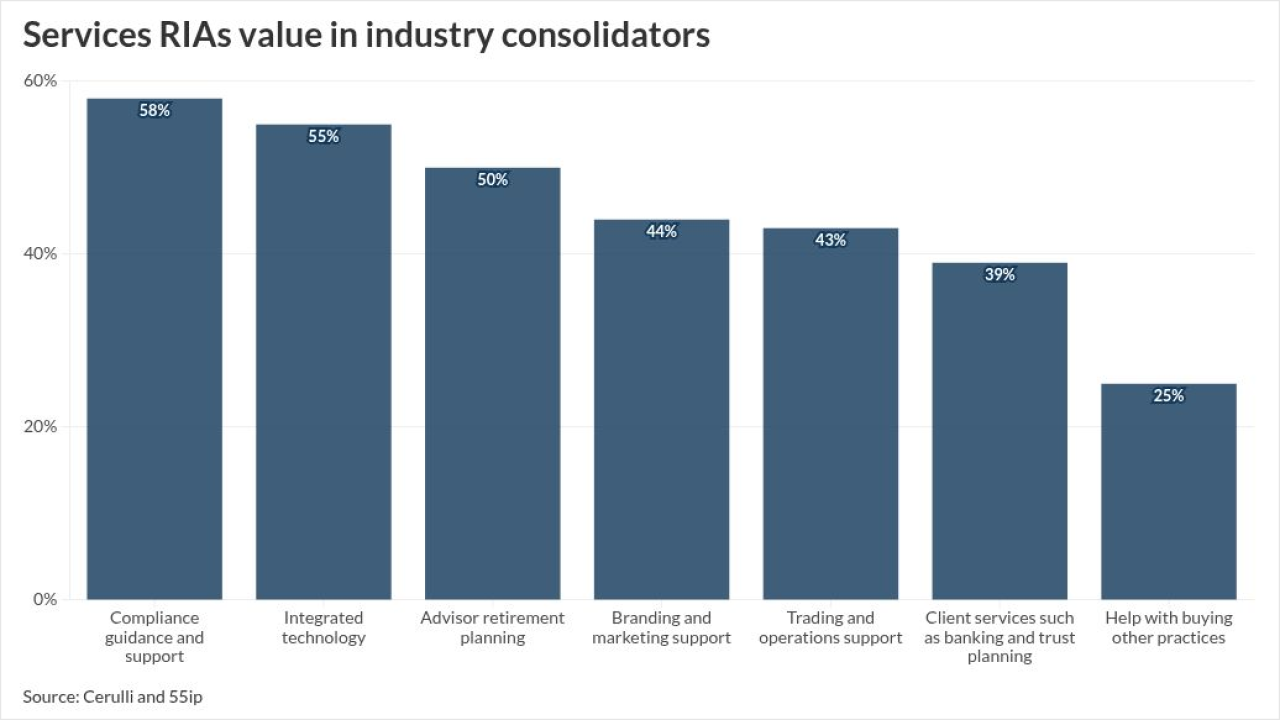You know that nervous feeling clients can get when they are worried that money is about to run out? Its not just mass-affluent clients; high-net-worth individuals experience that same nervousness. Most do not have reason to, yet they still do.
If you are in the investment business field, there are ways to deal with worried wealthy individuals. First, though, Id like to share an experience with one of my clients, a close friends mother. Annie has significant assets and although her portfolio is not heavily tilted toward income-producing securities, we create more income than she spends. With a 2% to 2.5% distribution rate, this woman could live forever and never run out of money.
So at first I wondered if she was joking when she started asking questions about her spending vis-à-vis her income. I thought back on our previous meetings and the data I had shown her. It didnt make sense that she was unaware of her situation.
So I addressed it head-on: Annie, you have plenty of income. Your income is in excess of your spending. You have extra in your checking account and we have extra cash in your investment account. If there is something you need to buy we can fund it easily. You can increase your spending substantially and not outspend your income. She seemed satisfied and reassured.
My associates had also seen this same anxiety in some of their clients. A large check to write or a tax bill to pay would prompt a nervous phone call seeking reassurance.
Obviously, we had not communicated with them well enough. One thought I had was to estimate three years of spending and compare that to the amount of liquidity in the portfolio. I added up the bond maturities, the expected dividends and interest and compared that to the needed income.
Surely, if sources for 80% of the next three years spending were known, then this should be reassuring. Not so. Logic and math were getting me nowhere. The more work I did to prove my case the less the beneficial effect. I was headed in the wrong direction, and it was frustrating for me and not helpful for the client.
The elderly tend to be anxious about their health, their family and their money. It makes sense that my logic and numbers had only a temporary palliative effect. The problem was not about understanding the numbers but instead about reassurance. I knew my client had nothing to fear. My client could see she had nothing to fear. But that didnt keep the fear away.
As a money manager, I cannot cure anxiety but I can approach client needs mindful of their anxieties. Here are the strategies that I have learned over the years:
Treat their needs seriously: An older client has fears that may seem unreasonable but are real to them. Perception is reality. For older clients, understanding and comfort may be more important than facts and figures.
Make sure you understand what your client is anxious about: A single client may have several worries which can overlap and be confusing. For instance, a fear of losing money and a fear of the stock market may be the same fear, or separate fears. Also, keep in mind that, while obvious to us, not everyone understands the difference between income generated from a portfolio and the ability of a portfolio to support cash outflows. Telling your client that they can take $50,000 a year from the portfolio without fear and then sending a statement which shows expected income from the portfolio is $35,000 will be confusing. Plan on a program of regular reassurance; once is not enough.
Make your reassurance simple: In Annies case, you might tell her: Annie over the last year you spent X and made Y, so you saved Z. Or, if the market falls, say: Annie the stock market dropped last month by X%. We are watching this carefully but believe you should not be concerned because this is only a temporary drop and puts us back to where we were 90 days ago.
Brian Sullivan is president and chief investment officer of Regions Investment Management, a division of Regions Wealth Management.





